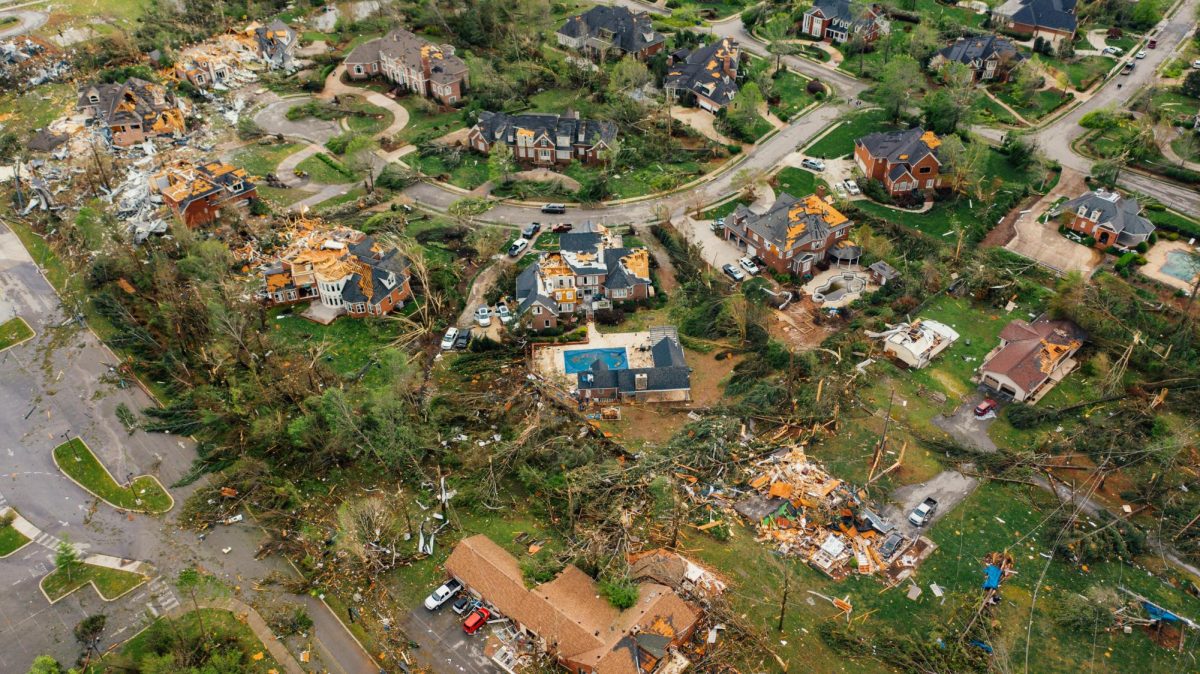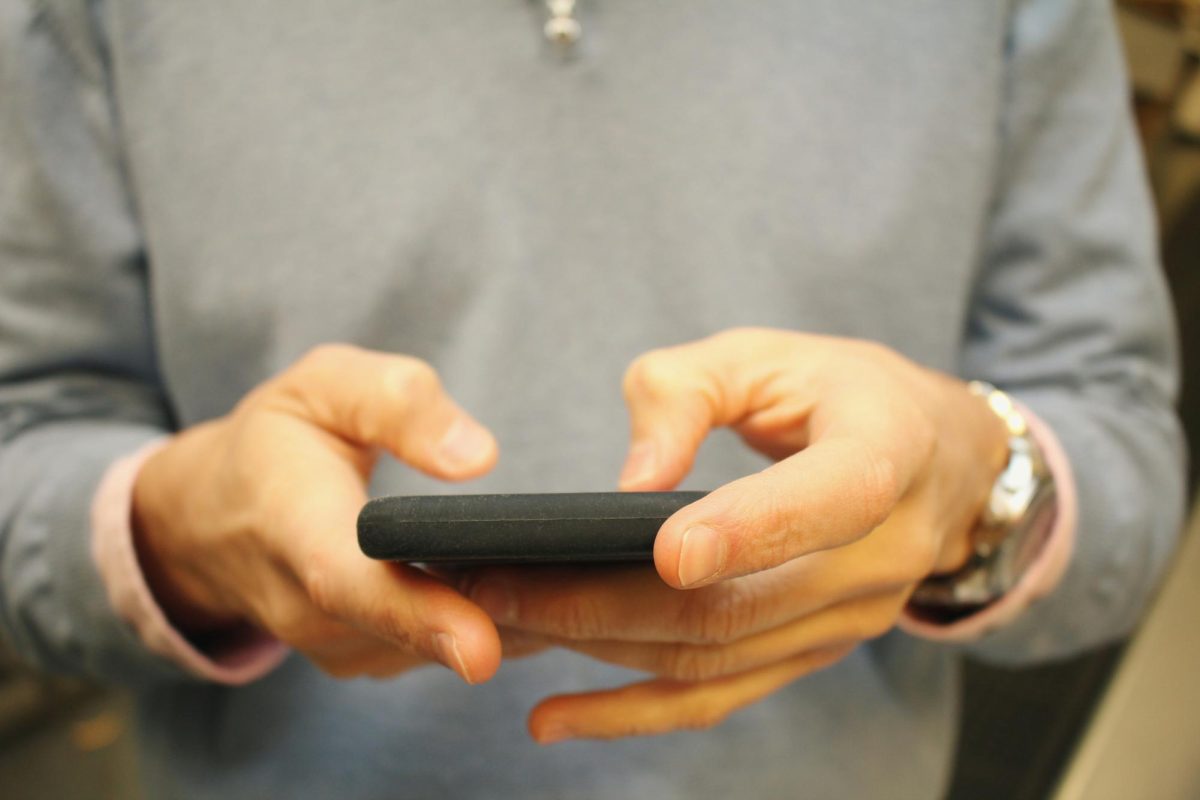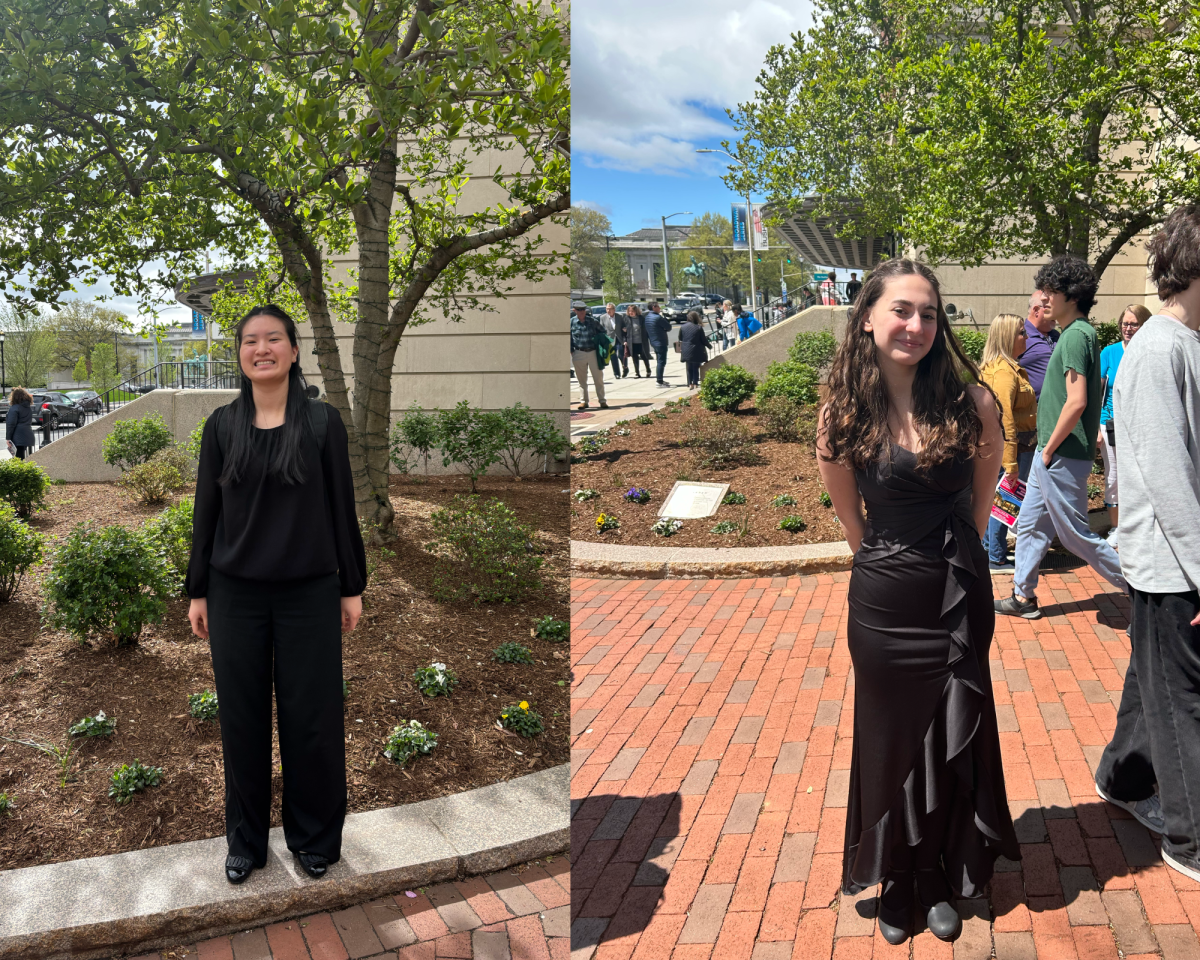On September 26, Hurricane Helene strengthened while traveling toward Florida over the warm waters in the Gulf of Mexico. It was reclassified as a powerful Category 4 storm shortly before landing in the Florida Panhandle. Helene forged a destructive path through Florida, Georgia, North Carolina and Tennessee. Although it weakened to a tropical storm with lower winds, Helene produced significant heavy rains over a massive area. The storm’s path moved inland by over 500 miles from the Gulf Coast, exposing certain regions to unprecedented rainfall. Record amounts of rainfall were reported in affected states, with some areas receiving over 20 inches of rainfall. This had devastating effects: rivers overflowed, towns flooded, roads and bridges were destroyed and houses were washed away. Millions of homes and businesses lost power. An estimated 230 people were killed and many more are still missing or unaccounted for. Most of the victims were far from the shoreline, in regions such as the mountainous western North Carolina.
The cleanup process has been challenging and grueling. The road to recovery will be long in some areas, taking months, possibly years, before things return to normal. Infrastructure is severely damaged and basic supplies, such as groceries, gas and feminine products, are limited. There is a major concern for health risks. Access to clean water is meager, which is a concerning issue. Residents and workers participating in the cleanup need to boil water first to sanitize for use. Many areas are coated with mud and water is needed to clean this up, but due to short supply, many are left to remove mud without it.
Undermining the recovery efforts is the wave of disinformation spreading on social media, largely promoted by right-wing accounts. Stories claiming that the hurricane was engineered and man-made have circulated on popular platforms such as TikTok, YouTube and X. These false narratives include outlandish claims that the government created a “weather weapon” to disrupt voting in the upcoming election. Another story claimed the storm was created to enable lithium (which is needed for electric vehicle batteries) mining in North Carolina. Yet another story falsely accused the government of withholding aid to hurricane victims.
These myths have garnered a lot of attention, despite attempts by government officials to discredit them with evidence. When baseless claims “erode people’s trust in institutions and the whole idea of government coordination, then suddenly people either ignore or actively refute the instructions that they’re being given,” said Jennie King of the Institute for Strategic Dialogue. The disinformation threatens actions to provide accurate information and vital resources to residents and victims. Officials and volunteers say it’s heartbreaking to see their efforts discredited. They have been exposed to contempt and mistrust in the stricken communities that need them the most.









